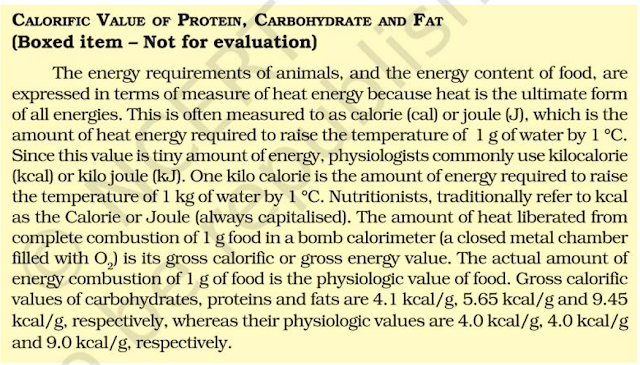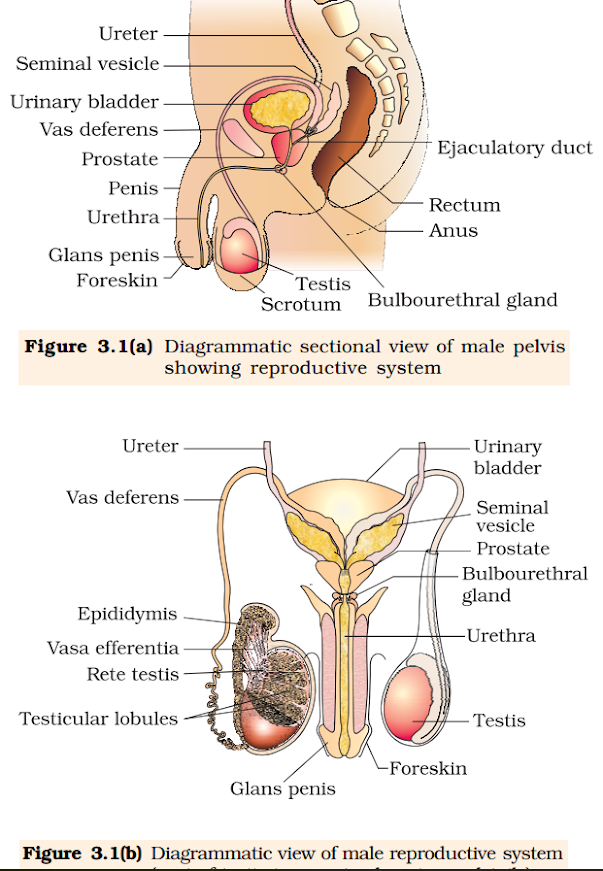As you are aware, humans are sexually reproducing and viviparous. The reproductive events in humans include formation of gametes ( gametogenesis ), i.e., sperms in males and ovum in females, transfer of sperms into the female genital tract ( insemination ) and fusion of male and female gametes ( fertilisation ) leading to formation of zygote. This is followed by formation and development of blastocyst and its attachment to the uterine wall ( implantation ), embryonic development ( gestation ) and delivery of the baby ( parturition ). You have learnt that these reproductive events occur after puberty . There are remarkable differences between the reproductive events in the male and in the female, for example, sperm formation continues even in old men, but formation of ovum ceases in women around the age of fifty years. 3.1 THE MALE REPRODUCTIVE SYSTEM The male reproductive system is located in the pelvis region (Figure 3.1a). It includes a pair of testes along-with accessor


